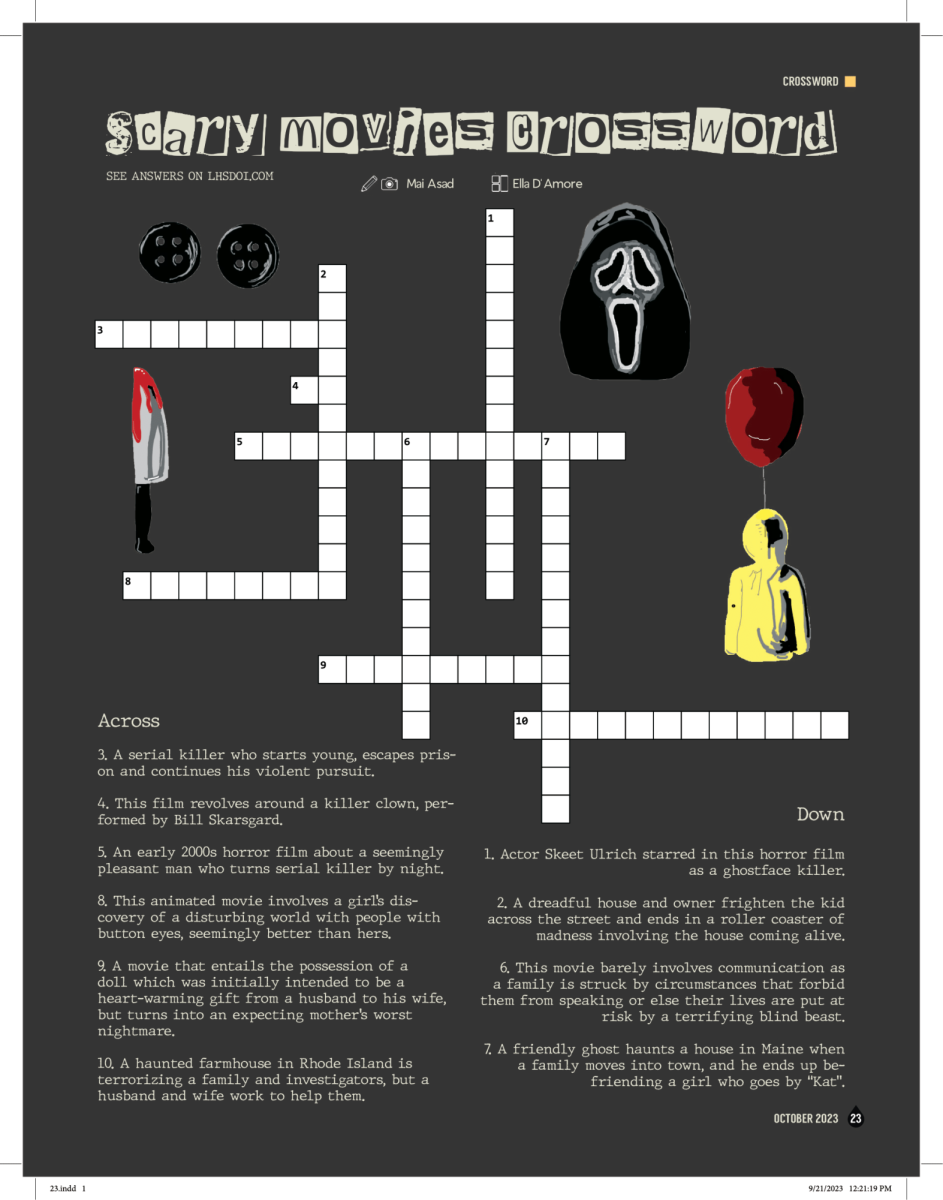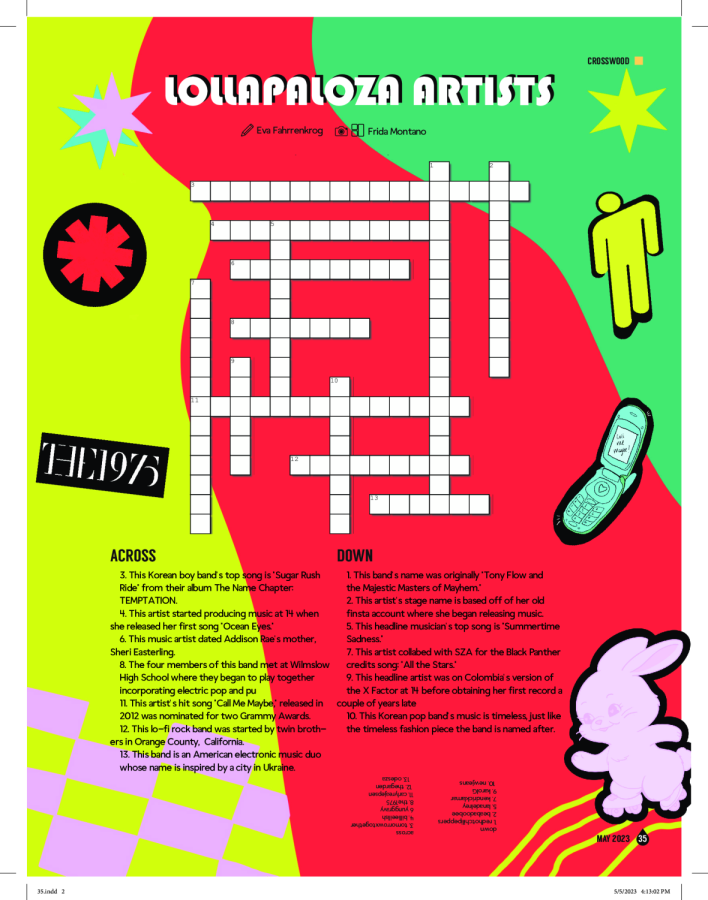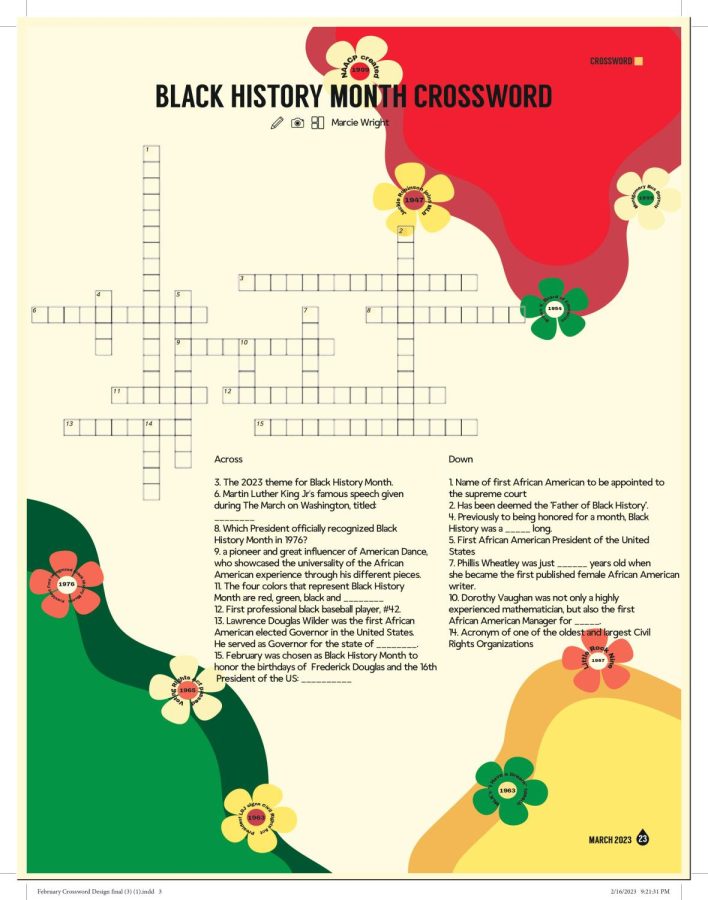After many months of waiting, I finally got to feast my eyes on the Wes Anderson specular that was The Grand Budapest Hotel. I was not disappointed; in fact, I was delighted at the airy and witty film it turned out to be. In part, Anderson’s new story was a memoir of a former lobby boy at the Grand Budapest Hotel, all mixed in with a theft, a murder, a prison break, and a reflection of the time spent in the charming Alpine village.
Wes Anderson’s movies are always well defined, and if I love anything, it’s a person who knows who they are. Anderson’s characters are consistently intriguing, quirky, and at the same time, relatable. The characters he creates convey a comforting and trustworthiness to the audience that you can’t find anywhere else. This film excels when it comes to characters and qualities, and there are plenty to enjoy. We first meet the author of the story being told (Tom Wilkinson), who takes the viewers back to his younger self (Jude Law) at the worn-down Grand Budapest Hotel. At the run-down tawny hotel, the young author gets acquainted with the elderly Mr. Moustafa (F. Murray Abraham), who tells the young author about the his former adventures at the hotel.
Zero Moustafa was a lobby boy in the days of the hotel’s glamour, and joins the hotel’s concierge Mr. Goustave H. (Ralph Finnes) in his many shenanigans. Throughout the movie, the brilliant duo steal a priceless painting bequeathed to Mr. Goustave after the death of his beloved mistress, Madame D (Tilda Swinton). The two men escape assassination attempts, break out of a tightly guarded prison, contact a clan of other hotel concierges, and overall create a lasting friendship. This well-spun plot brings the niche audience along for a wild ride, and pleases everybody with the delicious visual imagery and developed characters.
As shown in past Anderson movies like The Royal Tennenbaums and Moonrise Kingdom, his plots between his large cast excel in regards to relationships. All of his moody, awkward, quirky, and flawed characters manage to jell together by the end. Although some of his creations are on the edge of becoming too obscure, he never crosses the line. Grand Budapest is no exception: Mr. Goustave is a tour-de-force of compassion and hospitality, young Zero is surprisingly ernest, even the assassin Joplin is somewhat respectable in his pursuits of getting the jobs done. In the end, we find ourselves wanting to go on the ridiculous journey along with these relatable characters.
The colorful cast of characters with their assorted oddities is not the only draw to this new Anderson movie. I am a sucker for visually pleasing films and create opinions based on the cinematography and settings. Grand Budapest doesn’t fail when it comes to traditional Anderson whimsy. Our eyes get swept up in the candy-colored world that came from the mind of this director, all framed in bounteous imagery perfection. Anderson in famous for having color schemes along with his various masterpieces. Fans are used to his tawny 70’s inspired color palette, but Grand Budapest was a pastel surprise. Even though this story spans over many decades, it mainly takes place in the glamourous age of the 1930s hotel society. The use of his pink, grey, purple, and blue hues are indescribably yummy. The lovely pink hotel facade is just the tip of the iceberg when it comes to the unabashed color scheme of this movie. The halls of the hotel are decorated with red and gold accessories and all the staff are decked out in royal purple uniforms. Even when the characters venture up to the fictional snowy mountain top, a bounty of color is scattered around them. The best part of all of the sets is the fact that the cozy eastern European street scenes were filmed in an actual town in Poland. So now viewers can travel to the small town of Golitz to feel like they are a part of an Anderson film.
Many critics were skeptical of this upcoming film that was a bit out of the typical Anderson niche, but I have to admit that this might be my favorite Anderson classic to date. I’m drawn to the endearing characters and 1930s setting, but this might not be everybody’s cup of tea. If you are interested in seeing this opulent spectacle, I hate to break it to you but tickets will be hard to get a hold of. Grand Budapest is only playing in select theatres, but making the trip to one is well worth it. Since the movie was released back at the end of March, it is only in theatres for a little longer, so venture out while you can!







